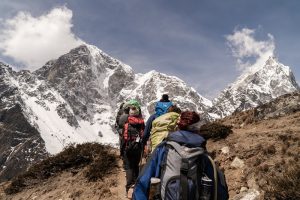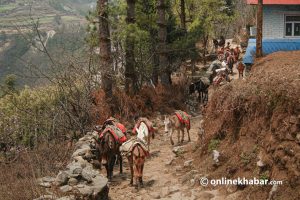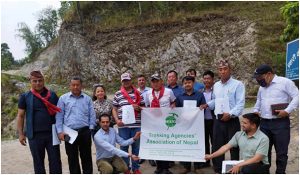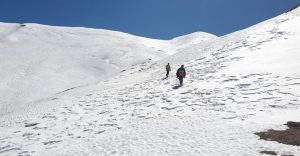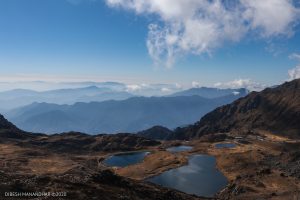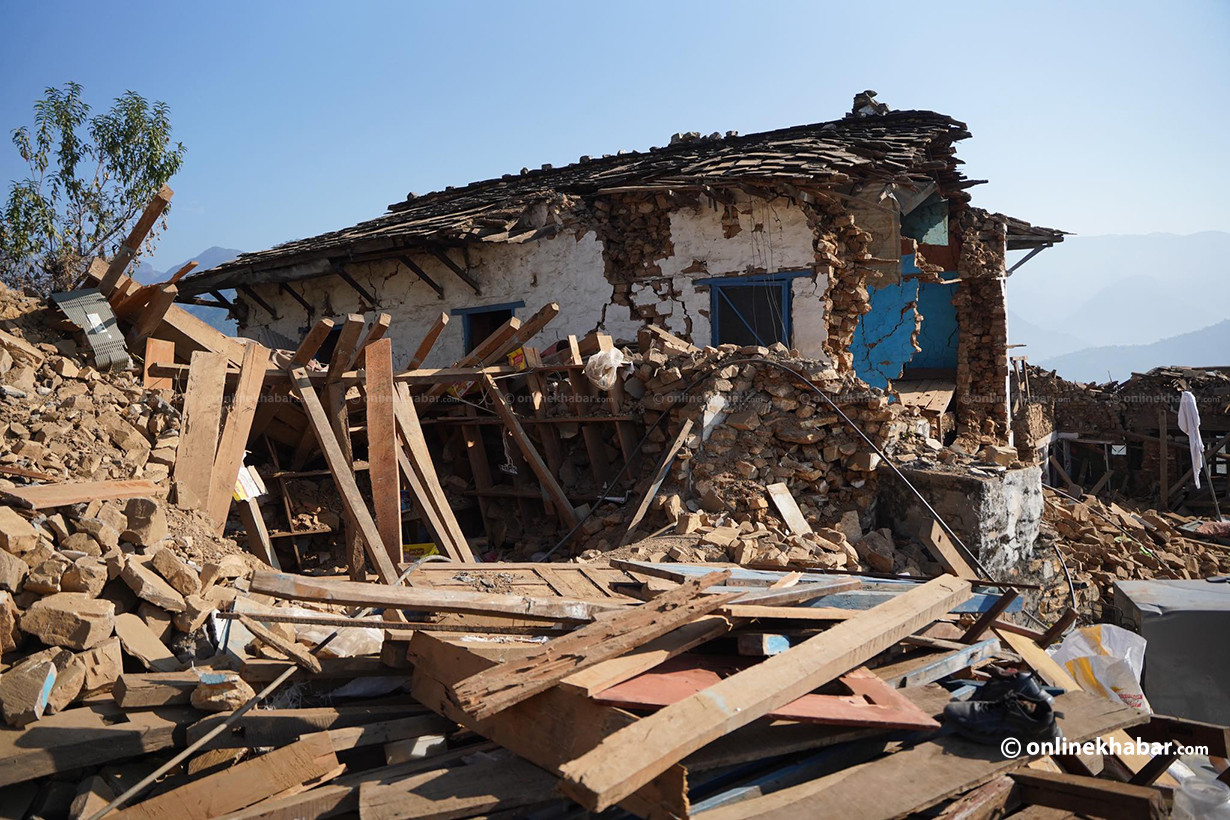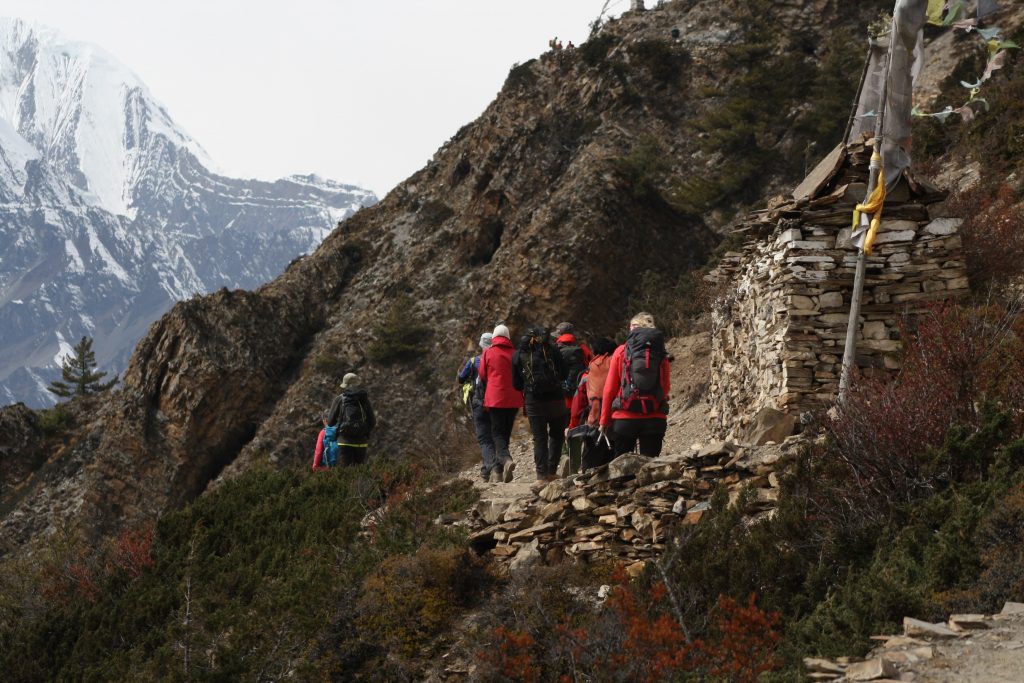
I am a regular traveller and trekking enthusiast who has been relishing high-altitude adventures around Nepal’s Himalayas for a long time. I have been observing the TIMS implementation in Nepal’s three main regions, Everest, Annapurna, and Langtang, and how there is a gap in the understanding between operators, customers and the government.
What is TIMS?
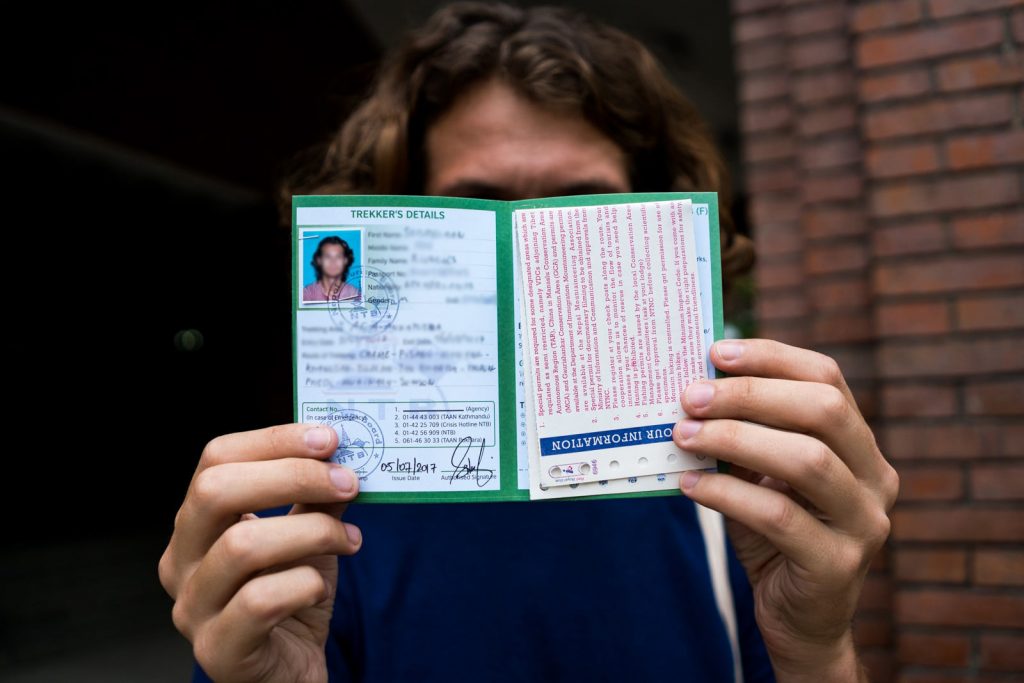
TIMS (Trekker’s Information Management System) card is a basic trekking permit that trekkers need to acquire before their exploration of the glorious Himalayan regions, mainly Everest, Annapurna and Langtang.
The Nepal Tourism Board revised the TIMS provision, making it a mandatory permit for mainstream trekking routes in Nepal, like Everest, Annapurna and Langtang region, including a few others.
The fee for this mandatory trekking permit costs NPR 1,000 for SAARC (South Asian Association for Regional Cooperation) citizens and NPR 2,000 for residents of other countries.
Why is it TIMS Mandatory?
Although some experts saw this decision as a restriction on the free movement of trekkers that could potentially be counter-productive for the growth of the tourism industry in the country. This joint initiative of both the Nepal Tourism Board (NTB) and the Trekking Agencies Association of Nepal (TAAN) aims to strengthen the safety and easy accessibility factors for all trekkers.
Every year 10- 15 trekkers go missing during their journey in the Himalayas, especially trekkers from the FITs (Free Independent Trekkers) category, and it has become a major concern in recent years. In 2022 alone, two South Korean tourists lost their lives during their trekking adventure in the Himalayas.
Thus, with the implementation of this policy, the Nepali authority aims to boost the confidence of the trekkers as the TIMS card will make the search and rescue of the trekkers more convenient and effective. Plus, it will ensure the protection of the assets and belongings trekkers take with them in their exploration.
The government making the TIMS cards mandatory has also received mixed reactions from the trekkers; some have complained it has restricted their freedom; meanwhile, others have applauded the decision that has added safety factors to the Himalayan exploration.
Why do tour operators like it?
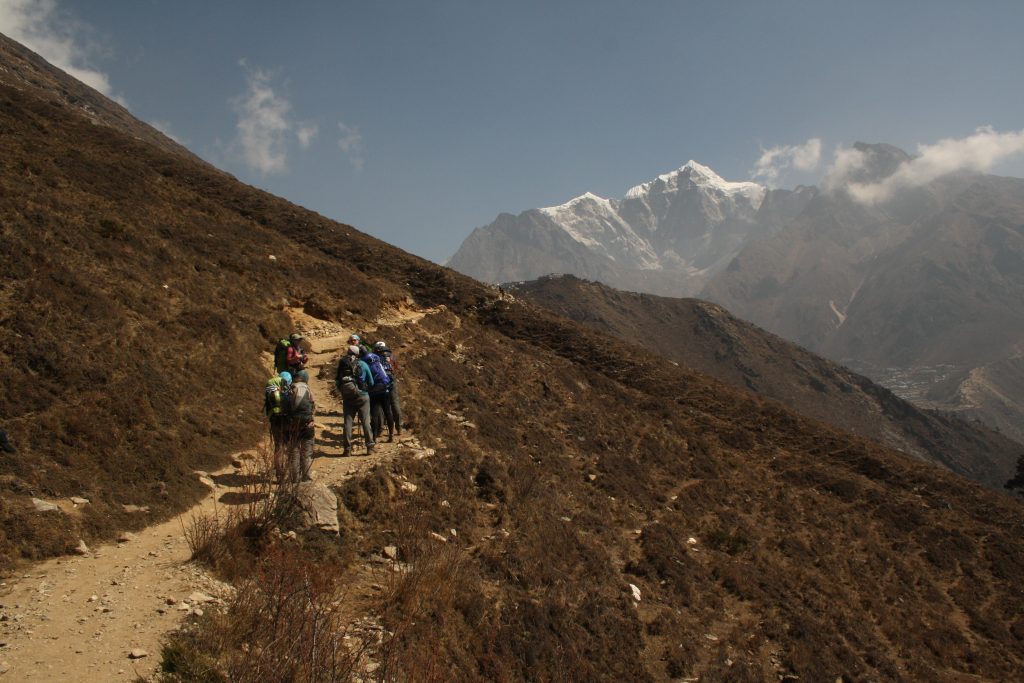
TIMS card maintains the data of the trekkers along the route in the computerised database management system, boosting safety and security factors. At the same time, it also controls the unauthorised trekking operations that have been jeopardising the local business and even putting the trekkers at risk.
This will significantly improve the overall management of the trekking service in the country, which will benefit not only the field staff but also the tour operators and government agencies. Furthermore, this policy also promotes the local authorised services, which certainly contribute to the economy of the country, paving the path for better management and sustainability of the mountain tourism development in the country.
Why trekkers do not like it?
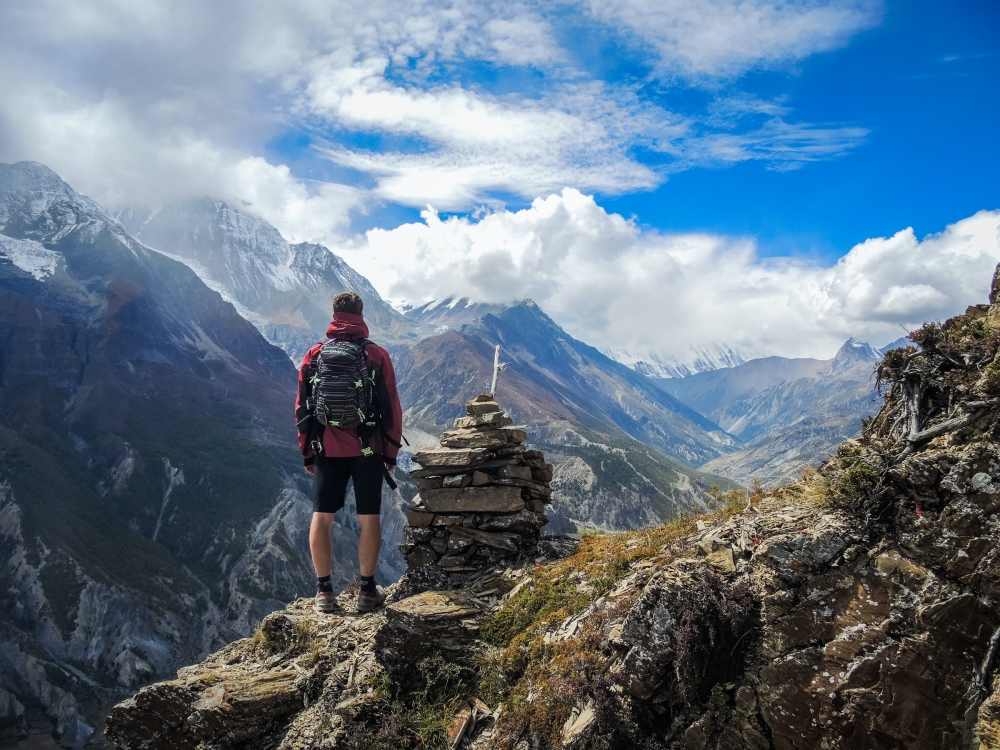
The trekkers under the FITs (Free Independent Trekkers) category are especially unhappy about the new policy set by the Nepali authority. Independent trekkers see the decision as a restriction to their movement for their solo adventure of the Himalayas.
Independent travellers prefer to plan trips on their own and especially like to avoid hiring staff from an agency. Their major concern is that this new policy adheres to the added expenses on their budget-friendly adventures. On top of that, the Ministry of Culture, Tourism, and Civil Aviation has set fines for trekkers who don’t have TIMS cards for their expeditions.
Trekkers on the adventure without a TIMS card and a guide will be banned from the trek and liable for a Rs 12,000 fine. Similarly, the trekking company which sends trekkers without TIMS cards will be fined Rs 10,000 and will have to get a TIMS card for each of the expedition members.
What is the importance of TIMS?
The mandatory use of the TIMS card ensured the safety of the trekkers at the same time minimising the probable risk factors during the expedition. It also guarantees the facilities and services of the guide expedition that doesn’t just emphasise the trekkers but their properties as well.
According to Madhav Prasad, co-founder of Mosaic Adventure, TIMS is a highly significant tool implemented by the government of Nepal, benefiting trekkers, tour operators, and the country’s revenue generation. It stands as one of the finest measures for promoting the sustainable development of trekking trails, earning admiration from both local communities and trek operators.
Prasad further suggests that if the government intends to discourage independent trekkers, they could consider increasing the cost of the entry permit to a higher value, such as USD 500/600, while also enhancing safety measures along the trails.
This approach would allow solo trekkers the freedom they desire while ensuring that those not trekking solo to save money have no issue paying the additional charges. This, he believes, is a more reasonable solution than obliging everyone to book a tour through an operator, which might not align with the preferences of individuals seeking an independent trekking experience.”
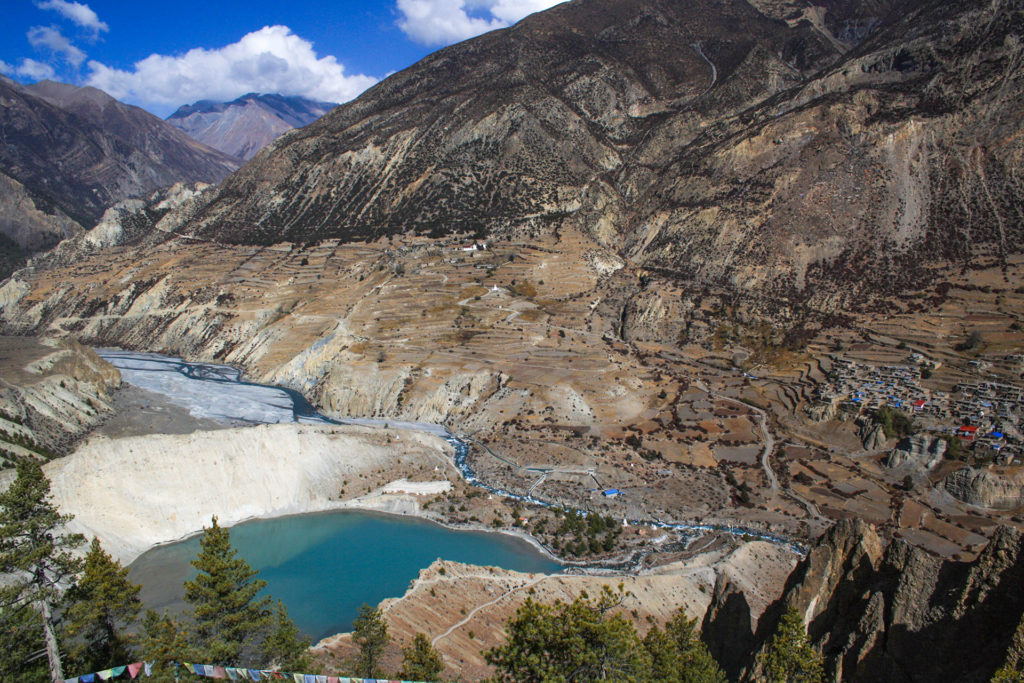
I was returning from Everest Base Camp Trek and asked a fellow traveller who used the TIMS card during their adventure, complaining about not finding any specific use or benefits of the permit along the route.
“I paid approximately USD 20 for the TIMS card, but despite spending that amount, I have not come across anyone actually checking it during my trek. Moreover, it doesn’t seem like a good idea to make it mandatory without providing a proper reason behind its implementation,” said Adam Mangin, a fellow trekker I met on the Everest trail.
But it is apparent that some see the true importance of this policy for high-altitude adventures. Patricia Wynne, the mother of Julian Wayne, a British trekking tourist who went missing in December 2008 during his solo adventure, speaking about the new policy, says if it were made mandatory back then, her son would probably be with her today.
Nepal’s government must adhere to these rising mixed concerns about the new mandatory TIMS policy and resolve it with tourists and operators finding a sustaining common ground.
Although the government has implemented a mandatory TIMS card, it is not being properly implemented locally on the field. Annapurna and Langtang regions inconsistently ask for TIMS, but in Everest, locals have kind of boycotted the TIMS system, and they have their own system of Khumbu GauPalika card.
I believe it is crucial for all stakeholders in the tourism industry to collaborate and reach a consensus on implementing a more systematic TIMS (Trekkers’ Information Management System). This approach should aim to benefit trekkers, locals, and tour operators and generate revenue for the Nepali government.




